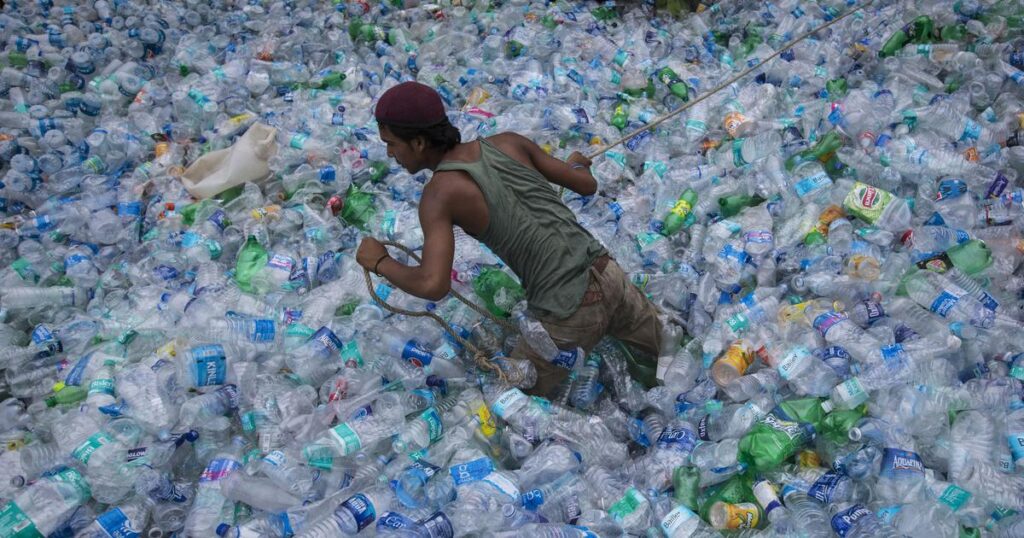
Like Japan and Singapore, why doesn’t India burn plastic waste to produce energy?
Given the increase in the level of waste, this is hardly surprising. In 2012, the world produced 1.3 billion tons of solid city waste per year. According to the World Bank 2018 report, this figure is regulated to reach 3.4 billion tons in 2050. To fulfill this demand, the global waste management market – which is estimated to reach $ 400 billion – $ 1,600 billion in 2020-2021 – is expected to reach $ 700 . – $ 2,483 billion in 2030.
India, with a growing population and rapid development, has a waste management industry which is estimated to reach $ 1.3 billion (RS 9,656 Crore). In January 2020, estimates showed that the country handled around 0.15 million (1,50,000) tons of solid waste. Of the 54 million tons of solid waste produced this year (2019), 3.3 million tons are plastic.
According to Popular Control Center Plastic Waste Management Guidelines, all plastic waste must be separated by plastic that cannot be recycled for use in the project laying, waste-to-energy, or conversion to refund; And only a small portion of a non-recycling must be disposed of in sanitary waste disposal.
However, this is rare. In 2019-2020, only 60% of Indian plastic waste handled in accordance with the central pollution control board guidelines. The remaining possible burning, disappear in the nearest water body, or discharged as a mixture waste to a garbage disposal site, which is usually no more than a wide dumpsite, not maintained, overflowing.
In India, waste disposal sites – identical to open disposal in many countries around the world – undoubtedly the cheapest, short term to manage solid waste, which usually contains around 6% plastic. At present, only 20% of the waste collected is sorted and processed, while 80% are discharged as a mixture of waste to 1,684 garbage disposal sites currently have. On average, most urban local bodies spend Rs 500- Rs 1,500 per ton of waste in “tipping fees” to collect, transport, treat, and dispose of garbage in the trash can.



